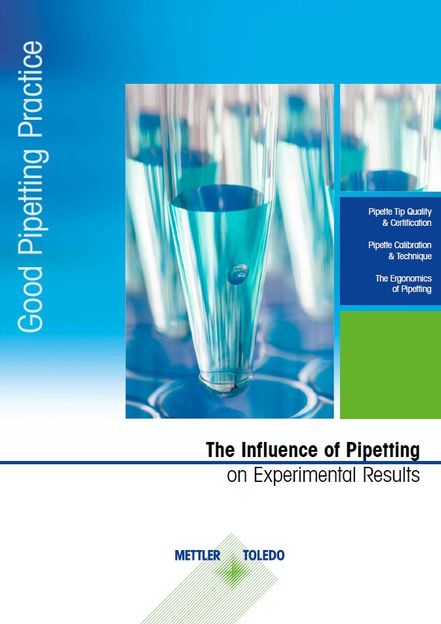Bioindicator for the occurrence of PFAS
The liver of wild boar indicates the level of PFAS contamination
Advertisement
per- and polyfluoroalkyl substances (PFAS) are considered to be forever chemicals. Many are toxic; others are highly mobile or accumulate in the food chain. However, all are extremely persistent and are spread throughout the environment. The contamination hot-spots of the PFAS can be proven only with a great deal of effort. This is why indicators are needed. According to an article in Science of the Total Environment written by a research team coordinated at the Helmholtz Centre for Environmental Research (UFZ), the liver of wild boars can be used as a bioindicator for this purpose. It shows the level and the nature of the PFAS contamination.

The liver of wild boar is suitable as a bioindicator for PFAS contamination of the environment (symbolic image).
Computer-generated image
The researchers focused on 66 PFAS compounds for their study. These can be grouped into three categories: 1) PFAS groups that have been regulated for some time; 2) new PFAS that industry uses as substitutes for regulated PFAS; and 3) precursors that can degrade to other, more persistent PFAS. However, because these individual analyses can detect only a small fraction of the more than 10,000 PFAS used by industry and because many polyfluorinated compounds cannot be measured because of the lack of analytical standards, the research team also determined a sum parameter for PFAS in wild boar using a new advanced method, the TOP (Total Oxidizable Precursors) assay. "The sum parameter indicates the total number of precursor compounds in a sample that can still react to form persistent degradation products", says Jana Rupp, an environmental chemist at the UFZ and first author of the paper. However, the TOP assay does not provide information on the concentration level of the individual precursor compounds.
The biomonitoring approach, which the UFZ developed together with the German Water Centre in Karlsruhe, was used at three locations in Germany with different conditions: One hot-spot is near the town of Rastatt in the region of Baden, where PFAS-contaminated paper sludge was probably spread on fields as recycled compost until the 2000s. The second hot-spot is an industrial area in southern Germany. The third study site in the north-east of Germany has no anomalies. The background levels of PFAS can thus be determined there.
There are several reasons why the researchers chose wild boar liver. "The wild boar is widespread and hunted everywhere. The species can thus provide a good overview of hot-spots of PFAS distribution in Germany", says Rupp. Because wild boar are quite mobile and occupy an area of several square kilometres, they reflect the contamination over a larger area. This has an advantage over soil samples with which it is much more difficult to make statements about the PFAS contamination of larger areas. The liver is well suited because it is well supplied with blood: "PFAS do not accumulate in fatty tissue like most environmental pollutants but rather bind to proteins. That’s why they circulate in the blood and are easy to detect in the liver", says Rupp. Compared with other land-dwelling species such as red deer, roe deer, or chamois, which could theoretically also be considered as indicator species for PFAS, the researchers had found in another study that PFAS concentrations are highest in wild boar liver. This is because the wild boar is omnivorous and at the top of the food chain. It feeds on mice, frogs, snails, or worms, which, in turn, are contaminated. It also burrows a lot in the soil and directly takes up PFAS through this.
The analysis showed that the bioindicator wild boar liver can be used to map PFAS contamination in the habitat of the wild boar. "PFAS are widely distributed - sometimes in large quantities. We were able to detect significantly increased levels in regions with known elevated PFAS contamination", says Prof. Dr Thorsten Reemtsma, head of the UFZ Department of Analytical Chemistry and last author of the study. For example, the PFAS concentration in the vicinity of the industrial company in southern Germany was almost twice as high as on those areas where PFAS-contaminated paper sludge was used in agriculture - and almost eight-fold higher than the concentrations on the areas with background contamination.
Different distribution patterns of the different PFAS groups at the three sites were also determined via the liver. For example, the industrial site is still dominated by an older PFAS substance that is already banned but which can still be detected because of its extreme persistence. The researchers also found newer PFAS substances that are used by the industry as substitutes for banned PFAS groups. The other two sampling sites contain almost exclusively older PFAS substances. The researchers also found a similar contamination pattern in soil samples from the two hot-spots - much like a chemical fingerprint. "The comparison of PFAS contamination of wild boar and soils proves that wild boar liver is suitable as a bioindicator for PFAS contamination of the terrestrial environment", says Reemtsma. There is still a great deal of undiscovered local contamination in Germany - also because of the considerable analytical effort involved in using soil samples. "With the liver of wild boars, the contaminated areas can be located and narrowed down in a much more straightforward way", says Reemtsma.
Original publication
Jana Rupp, Marc Guckert, Urs Berger, Wiebke Drost, Anneluise Mader, Karsten Nödler, Gudrun Nürenberg, Jona Schulze, Reiner Söhlmann, Thorsten Reemtsma. Comprehensive target analysis and TOP assay of per- and polyfluoroalkyl substances (PFAS) in wild boar livers indicate contamination hot-spots in the environment, Science of the Total Environment; 2023


























































